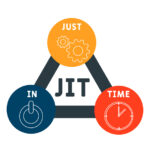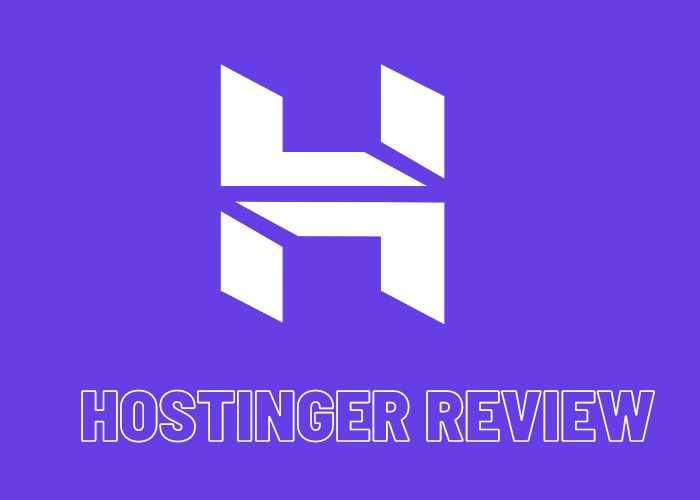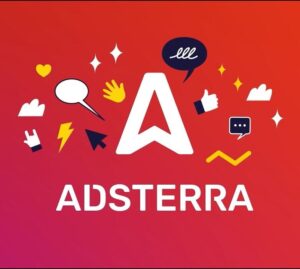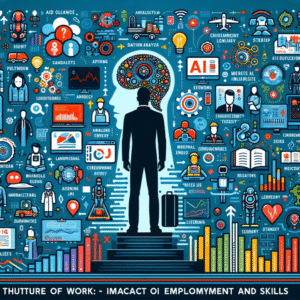
The Rise of Vibe Coding: Now Everyone Can Code

What is Vibe Coding?
Software development faces a new challenge to traditional programming methods. Vibe coding uses AI to handle the heavy lifting of writing code. Meanwhile, you focus on guiding the process with ideas and descriptions. AI expert Andrej Karpathy coined this Silicon Valley buzzword. Since then, it has gained significant traction in the developer community.
Vibe coding lets users express their intentions using plain speech. The AI then transforms that thinking into executable code. This approach places complete trust in AI systems. Karpathy explains: “There’s a new kind of coding I call ‘vibe coding’, where you fully give in to the vibes, embrace exponentials, and forget that the code even exists.”
The Philosophy Behind Vibe Coding
Traditional programming requires developers to craft every line of code carefully. Vibe coding represents a fundamental shift in mindset. You build software with an LLM without reviewing the code it writes. This “forget that the code even exists” approach contrasts sharply with how professional software developers typically use AI assistance.
This method isn’t about being lazy. Instead, it focuses your time and energy on creative aspects of app development. You avoid getting stuck in technical details. The philosophy emphasizes rapid iteration and creative exploration. It also leverages AI’s ability to generate code faster than humans.
How Vibe Coding Works in Practice
Vibe coding follows a remarkably straightforward process. This approach relies on LLMs and allows programmers to generate working code. They provide natural language descriptions rather than manually writing code. Developers describe what they want to build in natural language. AI agents then translate these descriptions into executable code.
One developer describes the process: “I’m building a project or webapp, but it’s not really coding—I just see stuff, say stuff, run stuff, and copy paste.” This illustrates the hands-on, experimental nature of the process. The developer becomes more of an architect and creative director. Meanwhile, the AI handles the technical implementation details.
The Target Audience
Vibe coding serves multiple audiences with different expectations and use cases. For non-developers, it opens programming to those who previously couldn’t participate in software creation. The goal creates an AI-powered development environment. AI agents serve as coding assistants and handle technical complexity.
Experienced developers get a different value proposition from vibe coding. Andrej is an extremely talented and experienced programmer. He has no need for AI assistance at all. He uses LLMs like this because it’s fun to try out wild new ideas. An LLM can produce code an order of magnitude faster than even the most skilled human programmers.
Benefits and Use Cases
Vibe coding’s primary advantage lies in its speed and accessibility. For low-stakes projects and prototypes, why not just let it rip? This approach excels when rapid prototyping matters more than code quality or maintainability.
Key benefits include:
Rapid Prototyping: Ideas transform into working applications in minutes rather than hours or days.
Creative Freedom: Developers experiment with concepts without getting bogged down in implementation details.
Accessibility: Non-programmers create functional software by describing their vision in natural language.
Exploration: Vibe coding shifts focus from grunt work to ideas rather than ditching programming entirely.
Limitations and Considerations
Despite its exciting potential, vibe coding has limitations. The approach works best for certain types of projects and contexts. Different approaches leverage powerful AI but serve different goals, audiences, and expectations.
Professional software development often requires code review, testing, and maintenance. It also needs understanding of the underlying implementation. Vibe coding’s “trust the AI completely” approach may not suit mission-critical applications. Large-scale software systems prioritize reliability and maintainability.
The Current Ecosystem
The vibe coding movement has spawned a growing ecosystem of tools and platforms. AI-powered alternatives supplement or replace traditional development environments. These prioritize natural language interaction over traditional coding interfaces.
These range from full-stack visual tools to enhanced code editors. The visual tools allow complete application development through conversation. Enhanced code editors integrate AI assistance directly into the development workflow.
Future Implications
Is vibe coding the future, or just another passing trend? The answer likely lies somewhere in between. Vibe coding may not replace traditional programming entirely. However, it represents a significant shift toward more accessible and rapid software development.
More programmers work today, but demand for software hasn’t dropped—it has grown. Vibe coding could help meet this growing demand. It enables more people to participate in software creation. It also allows experienced developers to work at unprecedented speeds on exploratory projects.
Conclusion
Vibe coding represents more than just a new development methodology. It offers a glimpse into a future where the barrier between human creativity and software implementation continues to shrink. This approach may not suit every project or context. However, its emphasis on rapid iteration, creative exploration, and natural language interaction points toward a more accessible future for software development.
AI capabilities continue to advance. The line between describing what we want and having a working application may become increasingly thin. Vibe coding might become a dominant paradigm or remain a specialized tool for certain use cases. Either way, it changes how we think about the relationship between human creativity and code generation.
Success requires understanding when and how to apply this approach effectively. We must recognize both its tremendous potential for rapid innovation and its current limitations in professional software development contexts.
















Post Comment